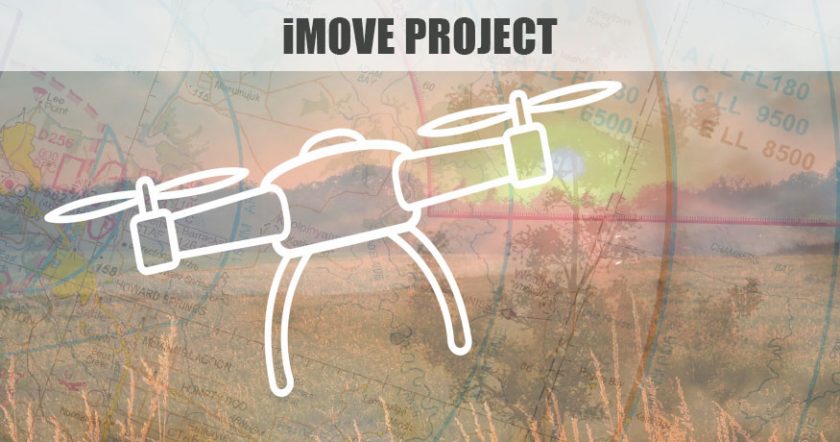Australia’s national centre for collaborative R&D in transport and mobility, iMOVE is funding the project in partnership with the Northern Territory Government Department of Health and Charles Darwin University (CDU), who will manage the trial under Associate Professor Hamish Campbell. The project is facilitated by iMOVE as part of the Cooperative Research Centre Program.
The Project includes developing a drone test flight centre in the Northern Territory.
The Northern Territory is one of the most sparsely settled jurisdictions in the developed world with a significant Indigenous population living in remote communities, and the project aims to pave the way for future delivery of critical items such as cold-storage vaccines (Covid 19) in regional and remote communities.
The trial includes the development of custom-made, state-of-the-art medical drones with a flying range of up to 250km. Drone pilots will soon be recruited and will undergo specialist training.
According to an iMOVE press release, the project is already running with talks underway with manufacturers for suitable drone airframes capable of handling wet and dry seasons, and a maximum flying range of 250km. Drone services consultants Hover UAV, who have managed projects for Google and developed cutting-edge shark detection surveillance technology, is advising on the project.
Key goals and milestones for the project include:
- Regular drone flights of up to 100km by the end of 2021
- Regular drone flights of up to 250km & regular transport of medical items to and from remote communities by July 1, 2023
- Further development into drone delivery of cold-chain items (COVID-19 vaccine)
iMOVE programs director Lee-Ann Breger, a specialist in transformational R&D, conceived the project and was heavily involved in bringing together the necessary industry and government partners needed to undertake the project.
Breger said one of the project’s main goals was to create an efficient model so drone health delivery services could eventually be rolled out in other regional locations across Australia.
“We are looking at developing capacity and ways of doing things to ensure sustainability of this service beyond the lifetime of the project. It’s ground-breaking and important work, with significant benefits for millions of people who live in regional areas.
“Drones seem an obvious solution, a potential game-changer. In the not too distant future, if you see a drone flying overhead in the middle of nowhere there’s a fair chance that technology is on its way to help someone or even save their life,” Breger said.
For more information visit:




